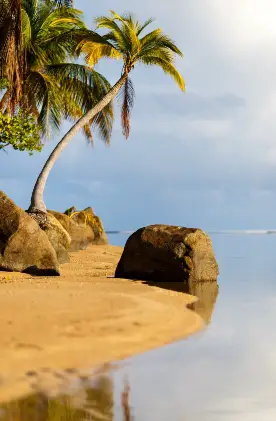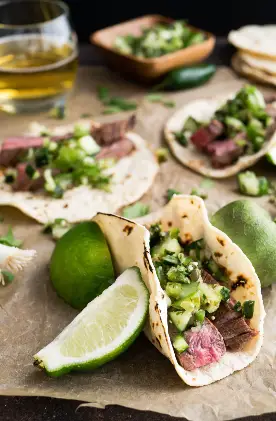Africa is a continent that I have visited ever since I can remember. It has always been a place of dreams, where part of my family comes from and where cultural crossroads originate. During the past 10 years, I have been drawn to Africa and chose it as a primary destination. I have been to 13 different countries in Africa but previously I had never been to Sudan.
The Sahel region, and Sudan in particular, piqued my interest. When the pandemic was raging around the world, and Sudan was still open, I knew I had to go. Sudan is a melting pot between the Arab world, African culture, the Sub-Saharan region, bedouins and the Mediterranean North. Most people don’t realize that Sudan is also a land of pharaohs – a place with more pyramids than Egypt! But what it lacks is recognition and investment.
I always get this overwhelming sense of adventure when I land in a new place. It’s a premonition of how much there is to discover and a slight anxiety of the unknown. As soon as you walk outside the airport in Sudan, you’re met with surprised looks. There were people wondering why I was there in the first place. Of course I stand out: I’m European and dressed in something different than the traditional and ubiquitous jalabiya garment.
It was this reciprocal sense of curiosity that I first felt in Sudan: both with myself toward the country and the country toward me. It wasn’t a culture shock per se, as I had already traveled to Africa and the Middle East. It was a new place, so it inspired me and I was surprised in many ways.
I was in Sudan for just under two weeks. My first plan was to enter through the Egyptian border and then travel overland. However, that turned out to be complicated for me since I had very little time to explore there and had to figure out the visa situation at the Sudanese consulate in Aswan, Egypt – there was no guarantee that it would be granted during the pandemic.
Plus, needing to have two negative PCR tests (one to enter Egypt and then another one to enter Sudan) made it tricky to deal with. So I settled for landing in Khartoum and driving north, then working my way back to Khartoum slowly and stopping at all of the places I wanted to on the way. After a strenuous first day, it paid off and proved to be quite an effective way to work a slow-paced trip southwards.

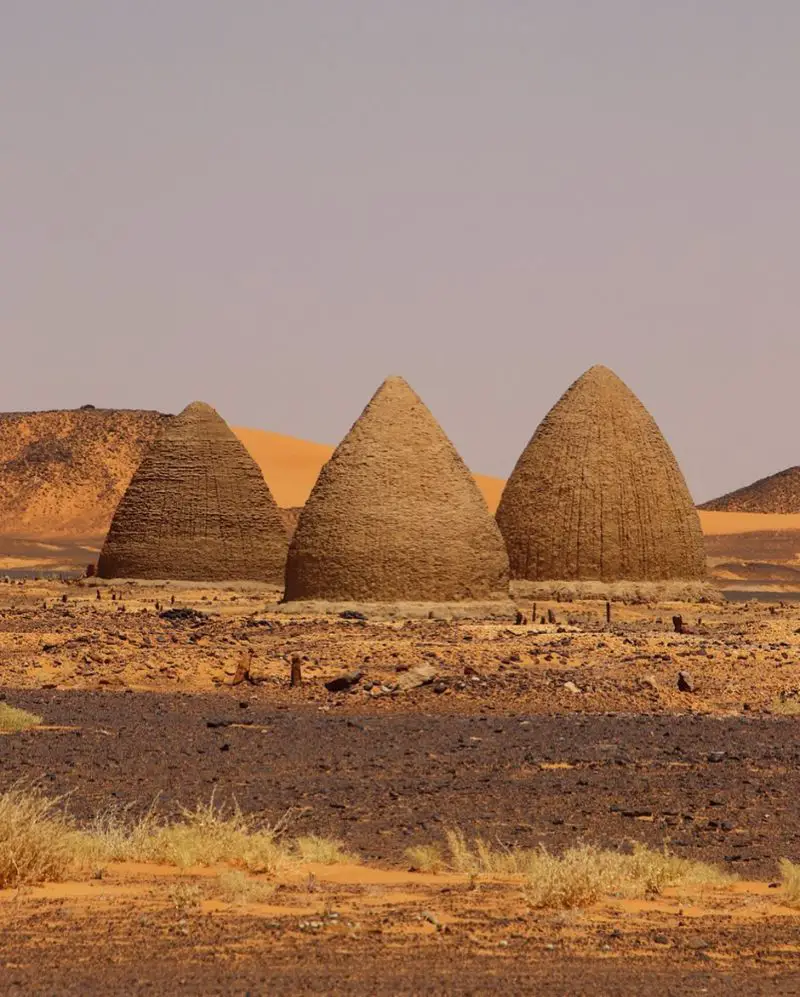

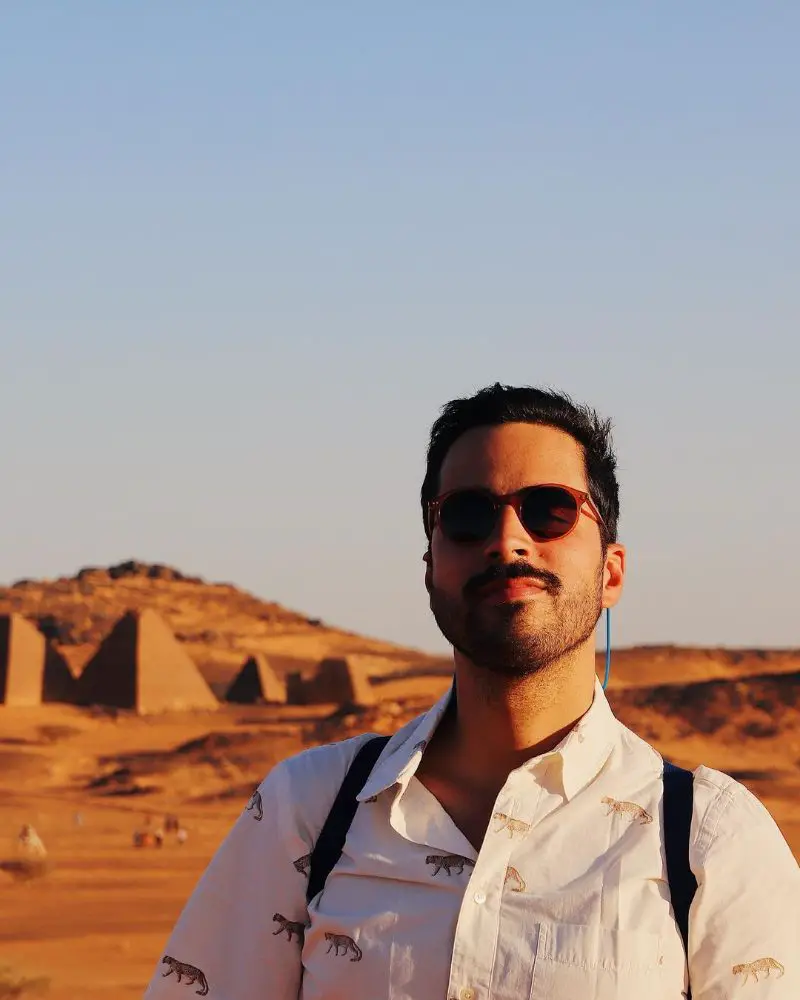

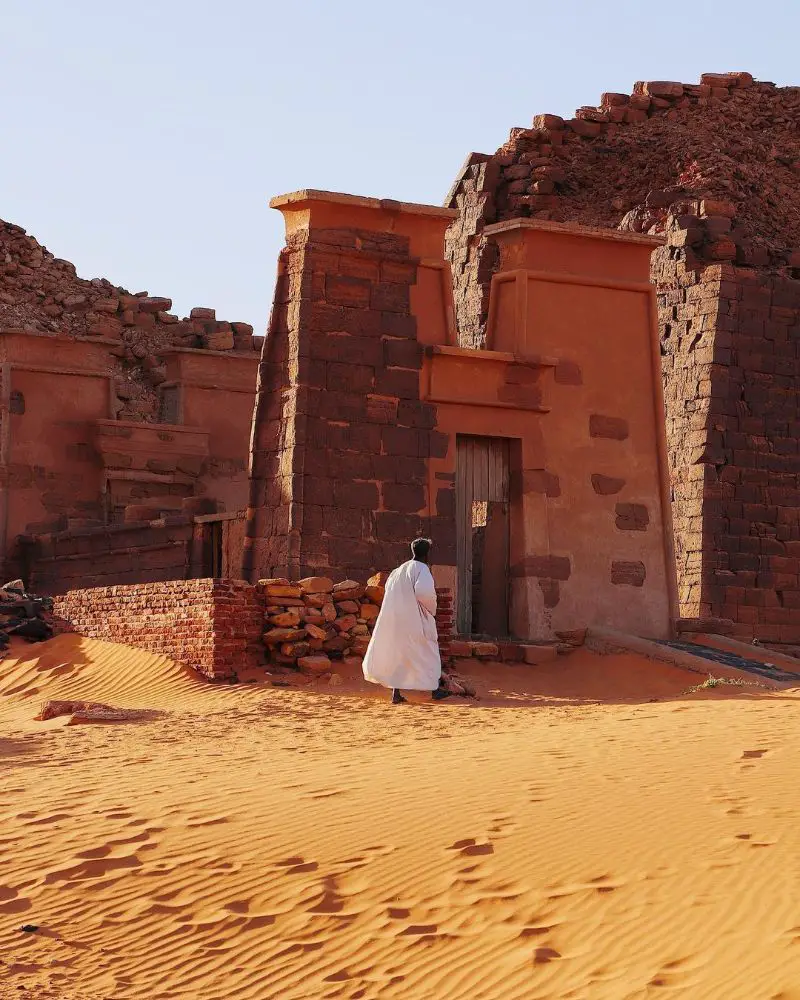

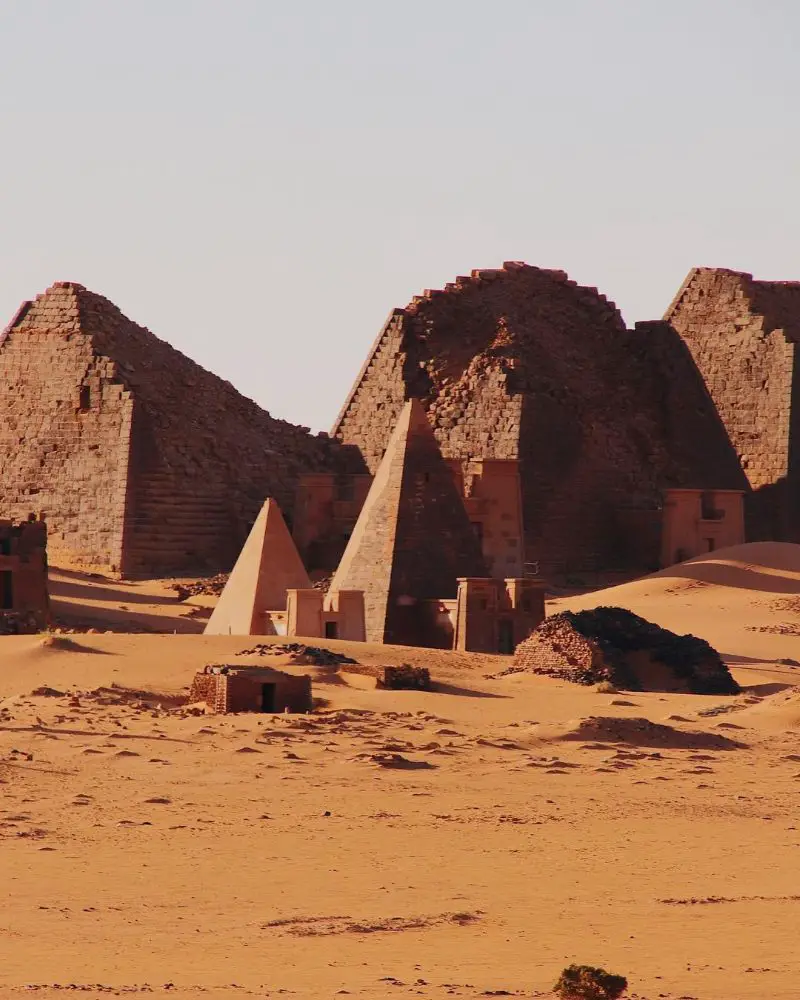
Favorite Spots in Sudan: Kerma Museum & El-Kurru
Sudan is actually a very easy place to photograph because the landscape is very arid and the buildings and landmarks are mostly unobstructed. The majority of the year is very sunny, and with that comes perfect light too.
I enjoyed the country thoroughly, but the Kerma Museum was a definite highlight due to its Nubian architecture and contrast with the ancient Daffufa in its vicinity. Another highlight was the tomb of El-Kurru near Karima with its wonderfully preserved chamber covered in hieroglyphics.



7 Best Things To Do in Sudan
- Enjoy a Drink at the Tea & Coffee Stalls in the Villages: People come here to sit together and overcome every difference they may have.
- Visit the El-Kurru Tomb: See these stunningly well-kept motifs.
- Cimb Jebel Barkal Mountain: Go at sunset and see the kids playing. They do somersaults down the sand slopes, it’s pretty cool!
- Marvel at the Meroe Pyramids: A UNESCO World Heritage Site that is home to a series of necropolises that are the postcard of the country.
- Experience the Friday Afternoon Sufi Rituals in Omdurman: This is the absolute best experience in Sudan. It’s frowned upon by the majority of the traditional population, but it’s an expression of art and devotion in a way that I have never seen before. Truly incredible!
- Stumble upon Desert Landscapes and Canyons as you Drive the Country: Sudan has some beautiful, inhospitable and vast nature.
- Check out the Kerma Museum: Home to an immaculate collection of artifacts and epic architecture, you will have a fascinating time here.




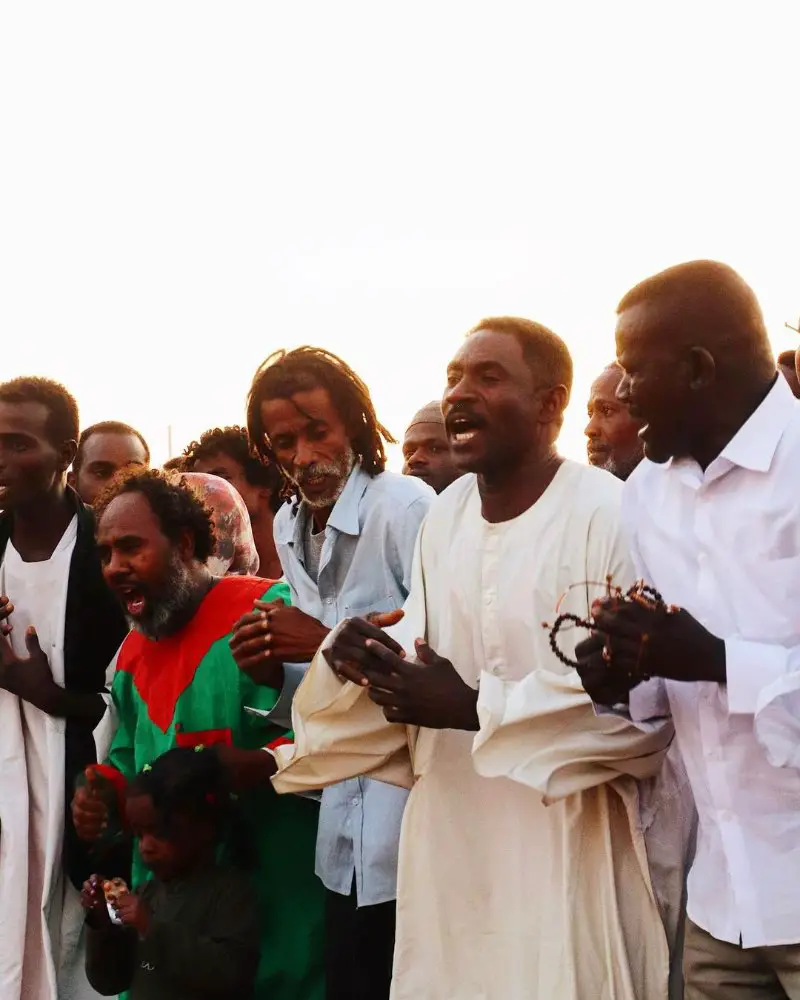

Melting Pot of Cultures in Sudan
Sudanese culture, in the Nile region I visited, is a melting pot. People from all over the country come here to live and work. It’s a combination of Arab and African traits – a traditional society ruled by religious values and unmatched hospitality. Locals will invite you for lunch, offer you coffee and ensure you feel welcome. The ones who speak English will ask questions, while others will share snacks, throw smiles your way and open their arms.
Sudan doesn’t have a strong food scene. There is a staple dish, fuul, available everywhere. It’s a bean paste that goes with flatbread, washed down with coffee or tea. Sometimes shawarma and roasted chicken can be found, but it’s hard to come by any restaurants outside the capital. Most options are little hole-in-the-wall restaurants and stalls but the service is always good, driven by people’s curiosity and will to make you feel at home.




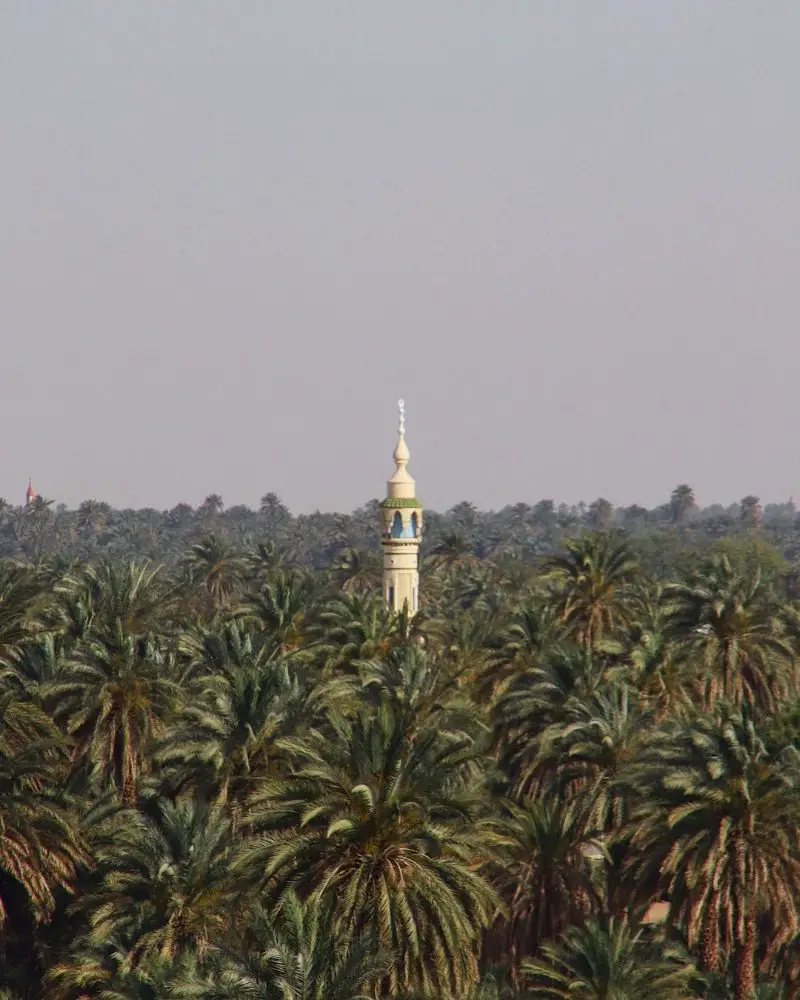
Need to Know Before you Go
I ultimately ditched my hitchhiking and public transport strategy for a jeep with a driver and fuel. Why? Sudan has issues with fuel shortages, lines at gas stations can last for days. Since it’s not a touristy place, many of the so-called attractions were closed and locked. I had to scramble to find the guy in charge several times, and it involved multiple phone calls to get him to rush over and let me in. That being said, be ready to wait and be patient.
People are kind and welcoming. Be sure to be respectful and smile back. I always carry school supplies to give kids in less developed places, it makes a difference. Be ready for the heat, it can be unbearable and if you’re intending to take some drives into the desert like I did, carry a hat and plenty of water in case your car gets stuck in the sand and you don’t have any shade. In Khartoum, the ride-share app Tirhal can work wonders.











